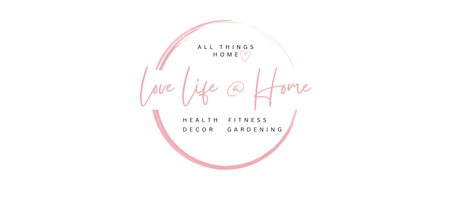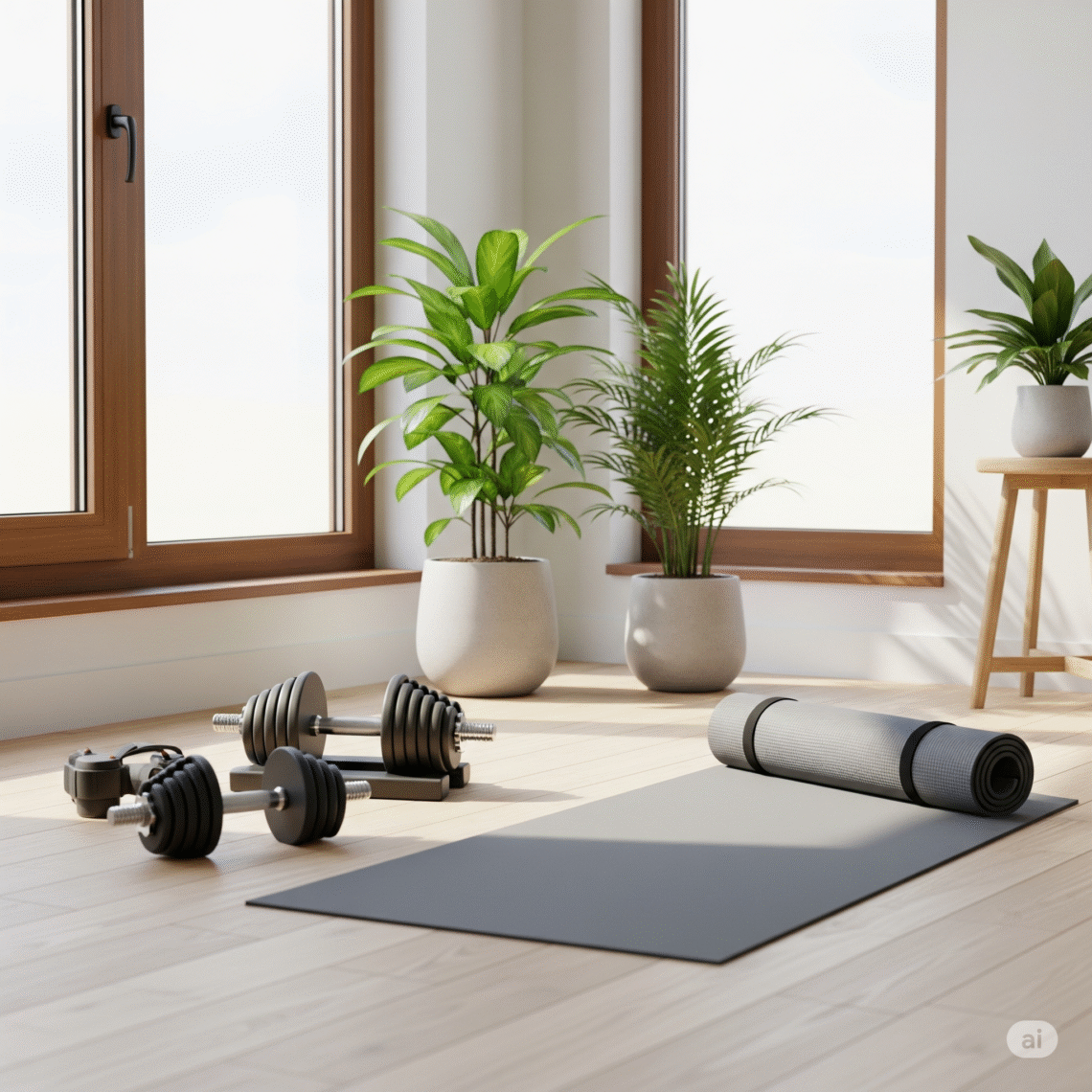As we gracefully enter our 50s and beyond, our bodies undergo natural changes. One of the most significant, and often overlooked, is the gradual loss of muscle mass and strength, a process known as sarcopenia. It begins subtly in our 30s but accelerates after 50, impacting everything from our metabolism to our balance.
But here’s the good news: you are not powerless against this! Weight training isn’t just for bodybuilders or competitive athletes; it’s a fundamental pillar of healthy aging, offering a profound impact on your quality of life. And the best part? You can start right in your living room with just a few dumbbells or even just your own body weight.
Why Weight Training Becomes Your Best Friend Over 50
Forget the idea that you’re “too old” or “too fragile.” Strength training after 50 is a game-changer for so many reasons:
- Combat Sarcopenia & Build Lean Muscle: This is the big one. Weight training directly counteracts muscle loss, helping you maintain and even rebuild the strength that keeps you independent and active. More muscle means a more robust you.
- Fortify Your Bones (Osteoporosis Prevention): As muscles pull on bones during resistance exercises, it stimulates bone growth and increases bone density. This is crucial for preventing osteoporosis and reducing the risk of fractures from falls.
- Boost Your Metabolism & Aid Weight Management: Muscle tissue burns more calories at rest than fat tissue. By increasing your muscle mass, you naturally boost your metabolism, making it easier to manage your weight and keep those extra pounds at bay.
- Enhance Balance & Reduce Fall Risk: Stronger muscles in your legs and core directly translate to better stability and coordination. This significantly reduces your risk of falls, which can be devastating as we age.
- Increase Functional Strength & Independence: Think about everyday tasks: carrying groceries, climbing stairs, lifting grandchildren, gardening. Weight training makes these activities easier, allowing you to maintain your independence and enjoy life to the fullest.
- Improve Mood & Cognitive Function: Exercise, especially strength training, releases endorphins that reduce stress, alleviate symptoms of depression and anxiety, and improve overall mood. Some studies even suggest benefits for cognitive function.
- Better Sleep Quality: Regular physical activity, including weight training, can lead to deeper, more restorative sleep.
- Manage Chronic Conditions: Strength training can play a vital role in managing conditions like type 2 diabetes, arthritis, and heart disease by improving insulin sensitivity, reducing joint pain, and lowering blood pressure.
Getting Started: Your At-Home Weight Routine
Before you begin any new exercise program, always consult with your doctor, especially if you have any pre-existing health conditions or concerns. Once you have the green light, remember to:
- Start Slow: Begin with lighter weights or simpler bodyweight variations. Focus on proper form over heavy lifting.
- Listen to Your Body: A little muscle soreness is normal, but sharp pain is a sign to stop. Rest when needed.
- Warm-Up: Begin with 5-10 minutes of light cardio (marching in place, arm circles, leg swings) to prepare your muscles.
- Cool-Down: End with 5-10 minutes of gentle stretching to improve flexibility and aid recovery.
- Consistency is Key: Aim for 2-3 weight training sessions per week, with a rest day in between.
Your At-Home Workout (Dumbbells or Bodyweight)
Try to get a minimum of 3 days/week of weight training in your schedule. Aim for 2-3 sets of 8-12 repetitions for each exercise. Choose a weight that allows you to complete the last few reps with good form but feels challenging. If using bodyweight, perform as many reps as you can with good form, aiming for the 8-12 rep range if possible.
1. Lower Body Powerhouse
- Goblet Squat (Dumbbell) / Bodyweight Squat:
- How: Stand with feet hip-width apart. Hold one dumbbell vertically against your chest (goblet style) or clasp hands in front for bodyweight. Hinge at hips and bend knees as if sitting in a chair, keeping chest up. Go as low as comfortable. Push through heels to stand.
- Focus: Knees tracking over toes, strong core.
- Lunges (Dumbbells optional) / Bodyweight Lunges:
- How: Stand tall. Step one leg forward, lowering hips until both knees are bent at about a 90-degree angle. Keep front knee behind toes. Push back to start. Alternate legs. (Hold dumbbells at sides for added challenge).
- Focus: Balance, controlled movement. If traditional lunges are too much, try reverse lunges or static lunges.
- Glute Bridge (Dumbbell optional) / Bodyweight Glute Bridge:
- How: Lie on your back, knees bent, feet flat on floor close to glutes. (Place a dumbbell across your hips for added resistance). Drive through heels, lifting hips off the floor until body forms a straight line from shoulders to knees. Squeeze glutes at top. Lower slowly.
- Focus: Glute activation, not lower back.
- Calf Raises (Dumbbells optional):
- How: Stand tall, feet hip-width apart. (Hold dumbbells at your sides for added weight). Slowly raise up onto the balls of your feet, squeezing calves. Lower with control.
- Focus: Full range of motion.
2. Upper Body Strength (Push)
- Push-ups (Bodyweight – Modified as needed):
- How: Start on hands and knees (modified) or hands and toes (full). Hands slightly wider than shoulders. Lower chest towards floor, keeping body in a straight line. Push back up.
- Focus: Core engaged. If full push-ups are too hard, try incline push-ups against a wall or sturdy table.
- Dumbbell Floor Press:
- How: Lie on your back, knees bent, feet flat. Hold a dumbbell in each hand, palms facing each other, elbows bent on the floor at shoulder height. Press dumbbells straight up towards ceiling, squeezing chest. Lower with control.
- Focus: Chest engagement, controlled movement.
- Dumbbell Overhead Press (Seated or Standing):
- How: Sit or stand tall, holding a dumbbell in each hand at shoulder height, palms facing forward. Press dumbbells straight overhead until arms are fully extended. Lower with control.
- Focus: Core engaged, avoiding arching your back.
3. Upper Body Strength (Pull)
- Dumbbell Bent-Over Rows:
- How: Stand with feet hip-width apart, slight bend in knees. Hinge forward at hips, keeping back straight and core engaged, until torso is nearly parallel to floor. Let dumbbells hang down. Pull dumbbells up towards your chest, squeezing shoulder blades together. Lower with control.
- Focus: Straight back, controlled pull and release.
- Bodyweight Rows (Inverted Rows – Requires sturdy table/bar):
- How: Lie on your back under a sturdy table or low bar. Grab the edge/bar with an overhand grip, slightly wider than shoulder-width. Keep body straight. Pull your chest up towards the table/bar, squeezing shoulder blades. Lower with control. The more horizontal you are, the harder it is.
- Focus: Full body tension, pulling with back muscles.
4. Core Stability
- Plank:
- How: Start in a push-up position, then lower onto your forearms. Keep body in a straight line from head to heels. Engage core, squeeze glutes.
- Focus: Avoid sagging hips or raising glutes too high. Hold for 20-60 seconds.
- Bird-Dog:
- How: Start on hands and knees, wrists under shoulders, knees under hips. Keep back flat. Slowly extend one arm straight forward and the opposite leg straight back, keeping hips level. Return to start. Alternate sides.
- Focus: Core stability, slow and controlled movement.
How to Progress and Get Stronger
Once these exercises become easy, don’t stop! Challenge yourself:
- Increase Reps/Sets: Do more repetitions per set or add an extra set.
- Increase Weight: If using dumbbells, get slightly heavier ones.
- Slow Down the Tempo: Make the lifting and lowering phases slower and more controlled.
- Reduce Rest Time: Shorter breaks between sets will make the workout more intense.
- Try More Challenging Variations: For example, move from knee push-ups to incline, then full push-ups.



